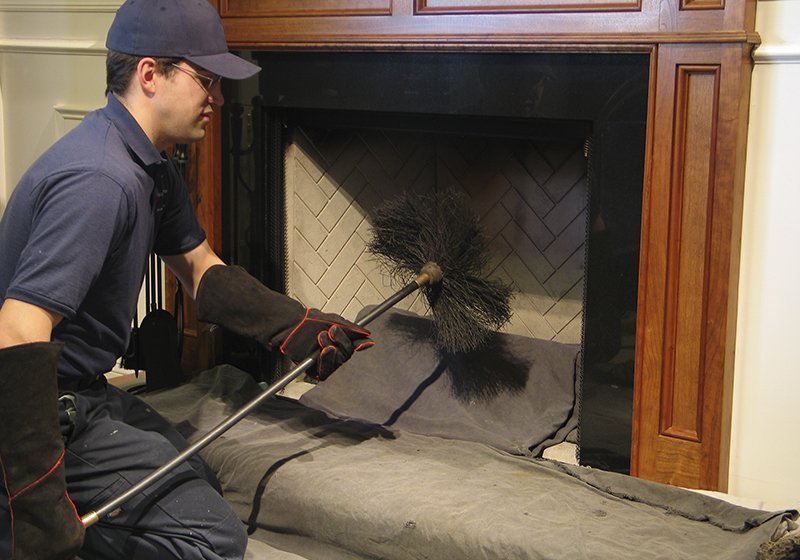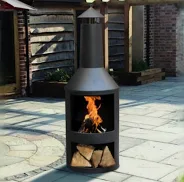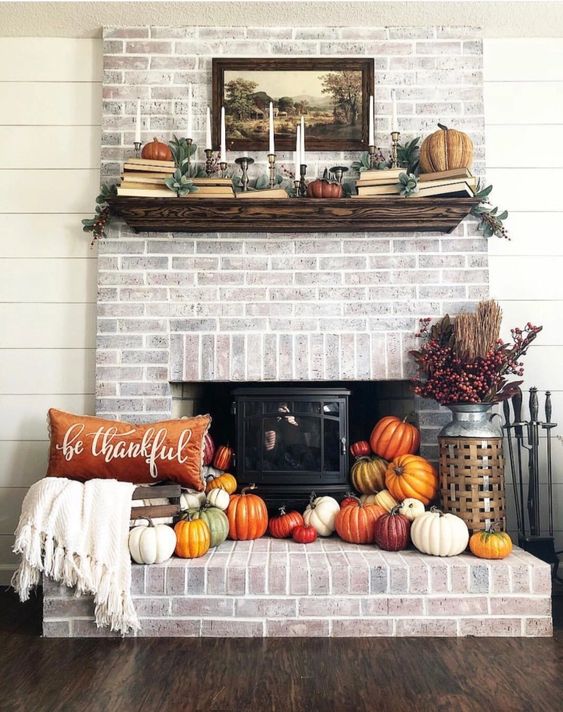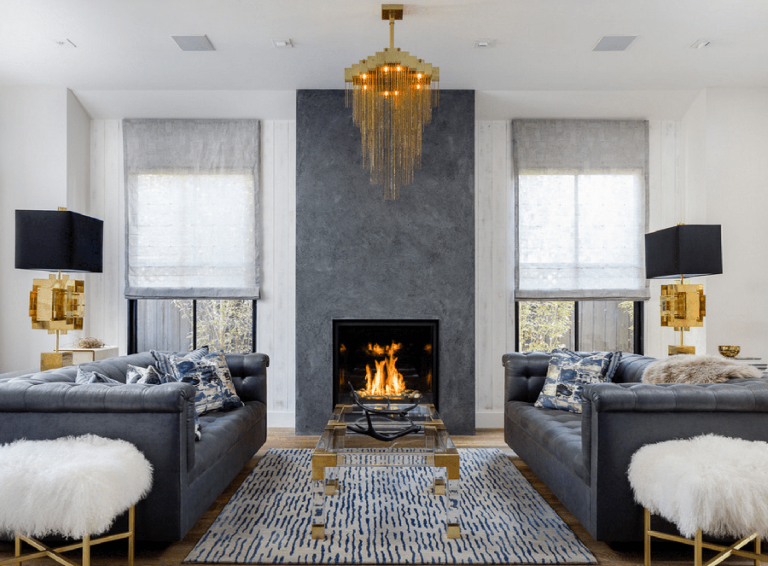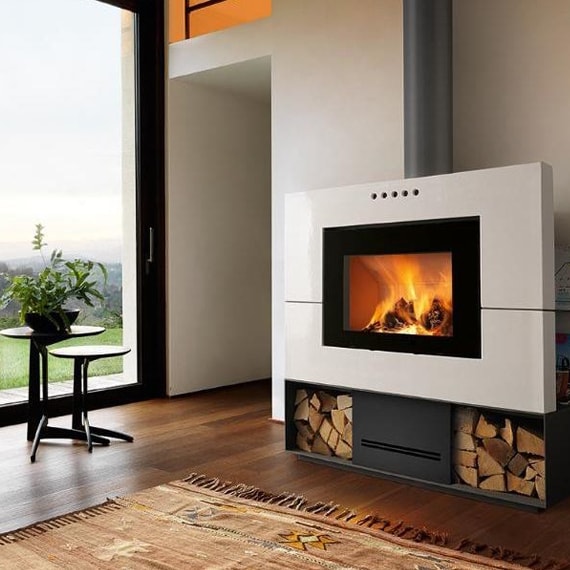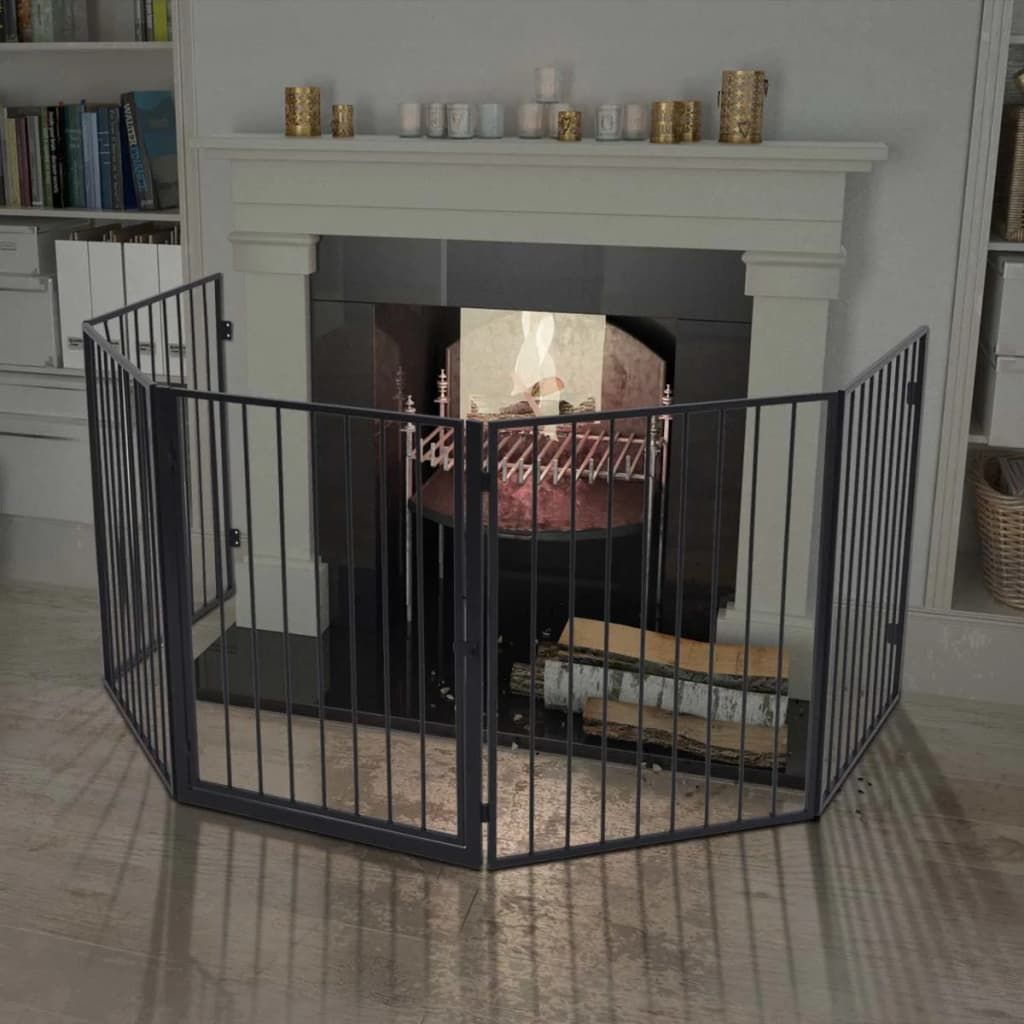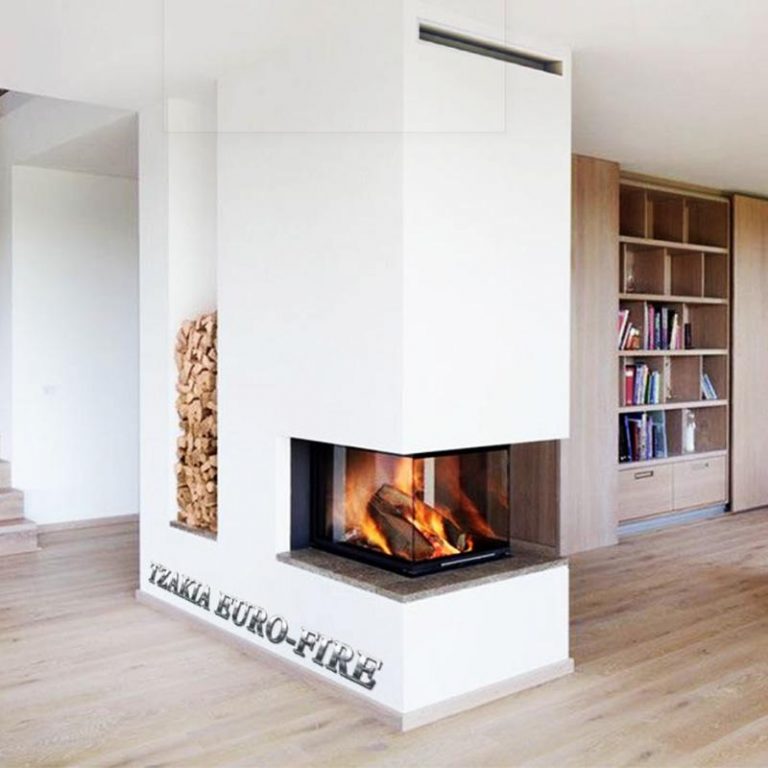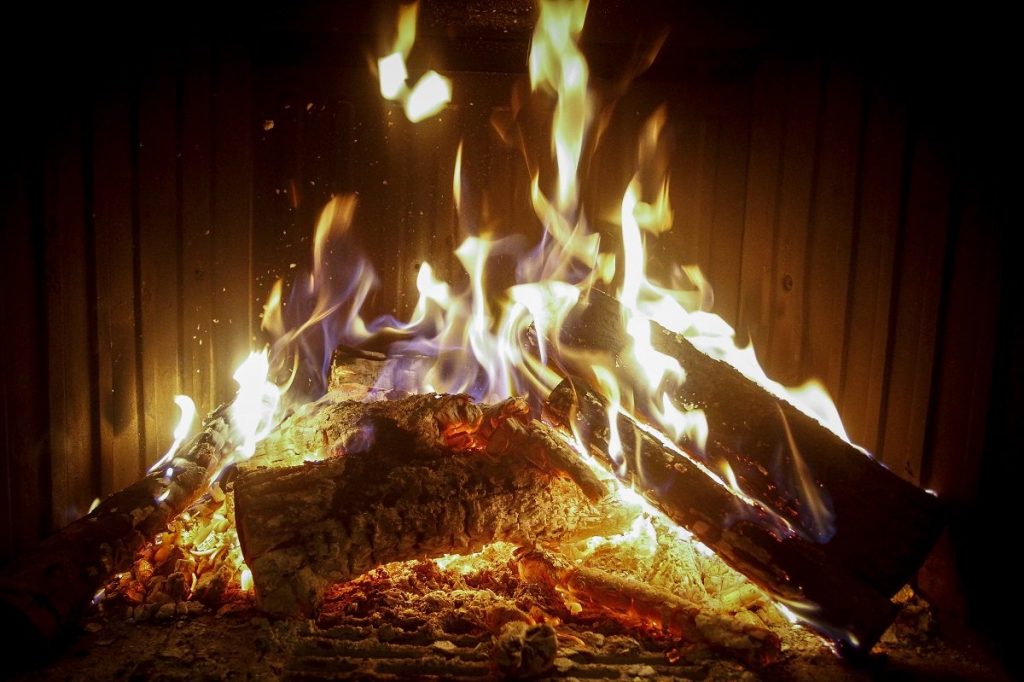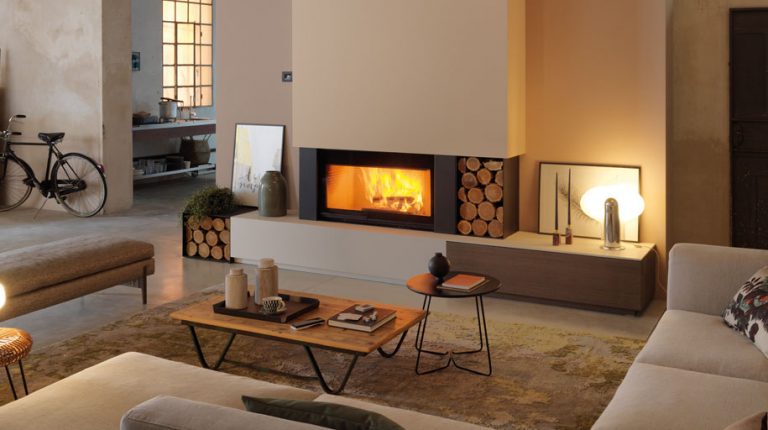One of the most important parts of maintaining a fireplace is cleaning its chimney. And it is generally known that this cleaning should be done annually. Cleaning the fireplace chimney is important because it not only keeps the fireplace in good condition and satisfactory operation, but even more importantly, it ensures safety and prevents the risk of fire.
By lighting the fireplace on a regular basis, smoke and tar (creosote) build up in the chimney which must be removed. Smoke because on the one hand it smells even during the summer and smoke particles circulate in the areas of the house with the corresponding consequences of contaminating the air and soiling the areas and on the other hand because the fireplace should be ready to work for the next winter without problems. And the tar because when it settles and accumulates on the walls it carries the risk of ignition of the chimney and fire. But how often should the chimney actually be cleaned?

The frequency of cleaning the chimney depends, among other things, on the frequency with which the fireplace is lit or better on the amount of wood it consumes on an annual basis. In general, if the consumption of firewood on an annual basis exceeds one ton, approximately two cubic meters, then the cleaning of the chimney should definitely be done on an annual basis. But if the consumption is less, then the cleaning should definitely not be less frequent than every two years.
And of course, the ways to do this cleaning are either to entrust it to a special workshop, or to do it yourself in the old traditional way, that is, using a special bushy plant that scrapes the walls of the chimney. Especially if someone wants to do it alone, they should be very careful and take safety measures to avoid an accident. In any case, commissioning a specialist workshop is the most appropriate solution.
Generally in Greece, the necessity of cleaning the chimney of the fireplace on a regular basis is not so well known and conscious, so it is generally neglected. While in other European and American countries, the annual cleaning of the fireplace chimney is mandatory. This, of course, apart from a matter of safety and good operation, also contributes to the correct performance of the fireplace and also to the economy in the consumption of logs.


